Forums
- Forums
- Duggy's Reference Hangar
- RAF Library
- 19 Squadron & The Spitfire
19 Squadron & The Spitfire
Post a reply
- Go to Previous topic
- Go to Next topic
- Go to Welcome
- Go to Introduce Yourself
- Go to General Discussion
- Go to Screenshots, Images and Videos
- Go to Off topic
- Go to Works in Progress
- Go to Skinning Tips / Tutorials
- Go to Skin Requests
- Go to IJAAF Library
- Go to Luftwaffe Library
- Go to RAF Library
- Go to USAAF / USN Library
- Go to Misc Library
- Go to The Ops Room
- Go to Made in Germany
- Go to Campaigns and Missions
- Go to Works in Progress
- Go to Juri's Air-Raid Shelter
- Go to Campaigns and Missions
- Go to Works in Progress
- Go to Skinpacks
- Go to External Projects Discussion
- Go to Books & Resources
-
10 years agoSat Jan 27 2024, 10:41amDuggy
 Main AdminNo. 19 Squadron was the first in the RAF to receive the Spitfire.On the 4th of August 1938 a Spitfire (K9789) arrived, the first of many.First blood with this new type aircraft was on the 11 of May 1940 a Junkers Ju 88 was shot down into the sea by a flight of 3 aircraft lead by a WF/Lt. W.Clouston. The Squadron fought well over the evacuation at Dunkirk where they lost 4 aircraft for the destruction of 13 E.A.'s. The Squadron destroyed 2 He 111's on the night of the 19th of June 1940. The first cannon armed Spitfire Ib's arrived at the end of June 1940 for field trials.
Main AdminNo. 19 Squadron was the first in the RAF to receive the Spitfire.On the 4th of August 1938 a Spitfire (K9789) arrived, the first of many.First blood with this new type aircraft was on the 11 of May 1940 a Junkers Ju 88 was shot down into the sea by a flight of 3 aircraft lead by a WF/Lt. W.Clouston. The Squadron fought well over the evacuation at Dunkirk where they lost 4 aircraft for the destruction of 13 E.A.'s. The Squadron destroyed 2 He 111's on the night of the 19th of June 1940. The first cannon armed Spitfire Ib's arrived at the end of June 1940 for field trials.
In July its task was convoy patrols at first but then joined in the Battle of Britain in earnest. On the 24th of July 1940 No 19 Squadron moved from Duxford to the Fowlmere Satellite Station. Hampered by the frequent stoppages they reverted back to Spitfire Ia's equipped with 8 browning machine guns in early September. During September 1940 No 19 Squadron flew with No 242 Squadron and No 310 Squadron as part of the Duxford Wing.
The choice of the unit and place was no coincidence. Initially, the Air Ministry contemplated assigning this role to No. 41 Squadron at Catterick, who at the time were flying Hawker Furies Mk. II. However, the introduction of the Hawker Hurricane in other units at the beginning of 1938 resulted in several landing accidents, which lead to concern that the new monoplane fighters required larger airfields for safer pilot training due to their high landing speed and relatively poor visibility from the cockpit. Catterick was a notoriously small airfield, unlike Duxford, which was large for its day. Additionally, No. 19 Squadron had previous experience of being the first to introduce Gloster Gauntlet into service in 1935, and its CO, Sqn/Ldr Henry Cozens was a qualified aeronautical engineer.
The experiences of No. 19 Squadron were instrumental in bringing the Spitfire into operational readiness, and there were dozens of changes. One of the visible results of the pilots? feedback was the introduction of the bulged cockpit hood to provide more headroom, another was the introduction of engine-driven rather than hand-operated pump for undercarriage retraction. Most of the improvements were processed through close cooperation between Sqn/Ldr Cozens, Jeffrey Quill and Joseph Smith, who after the death of Reginald J. Mitchell on 11 June 1937 took the responsibility for Spitfire design and development. Indeed, Simth?s first task as Chief Designer at Supermarine was resolving the many teething troubles of the new aircraft.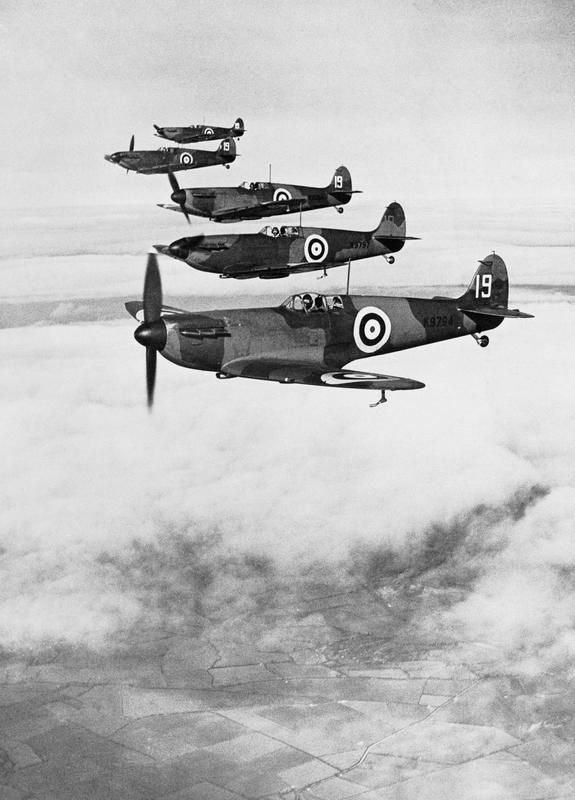
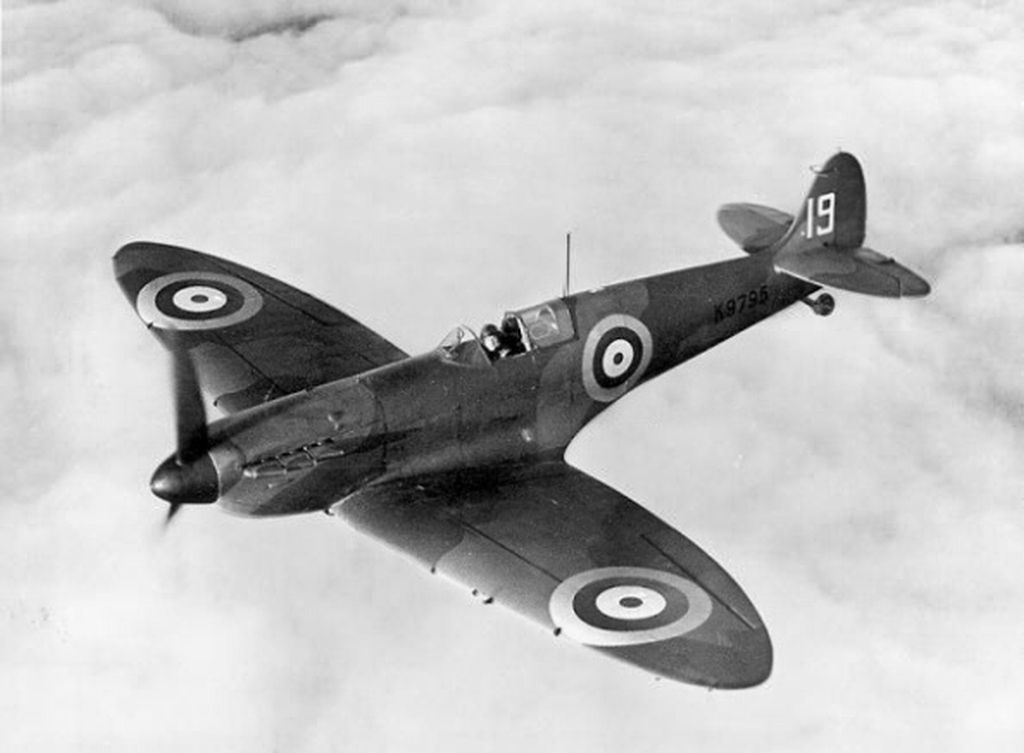


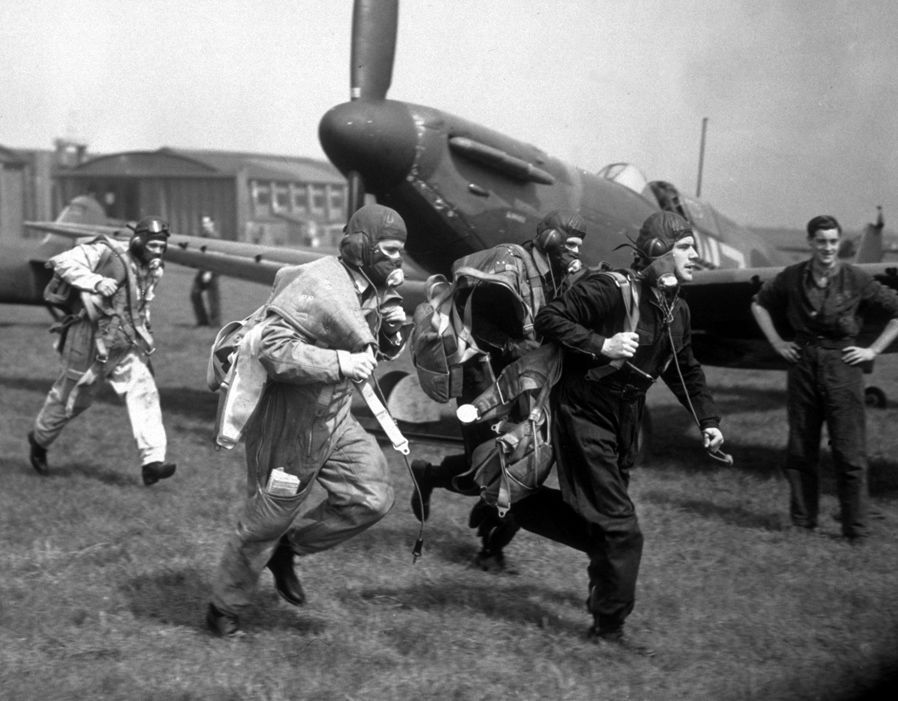

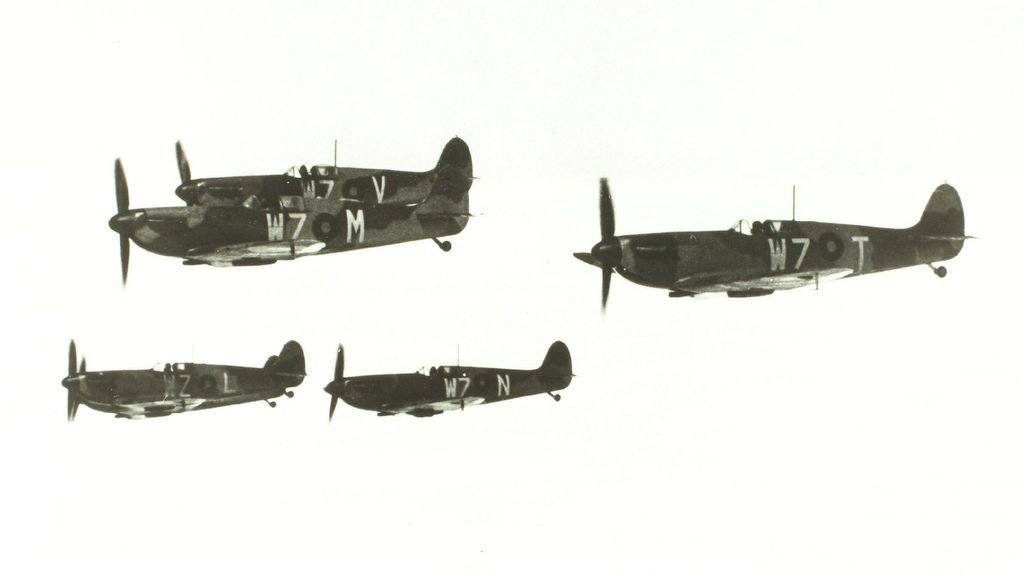
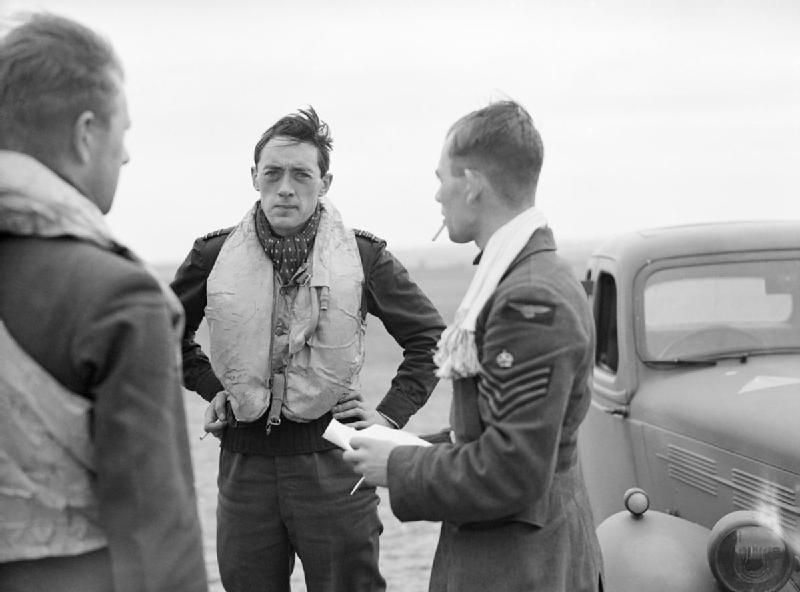
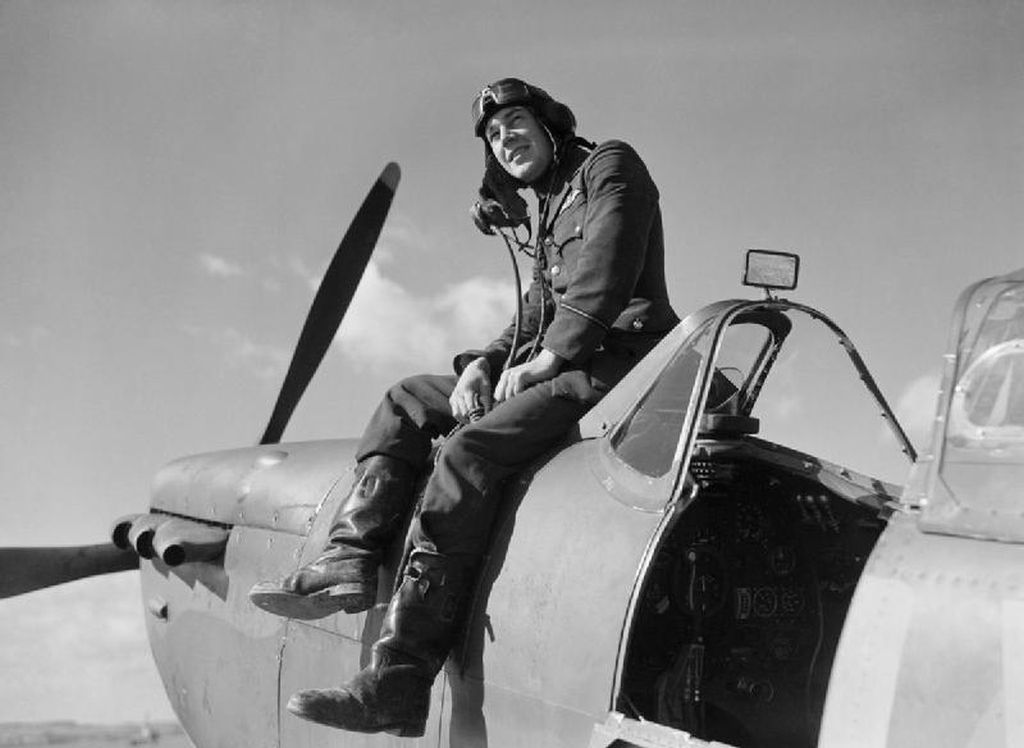
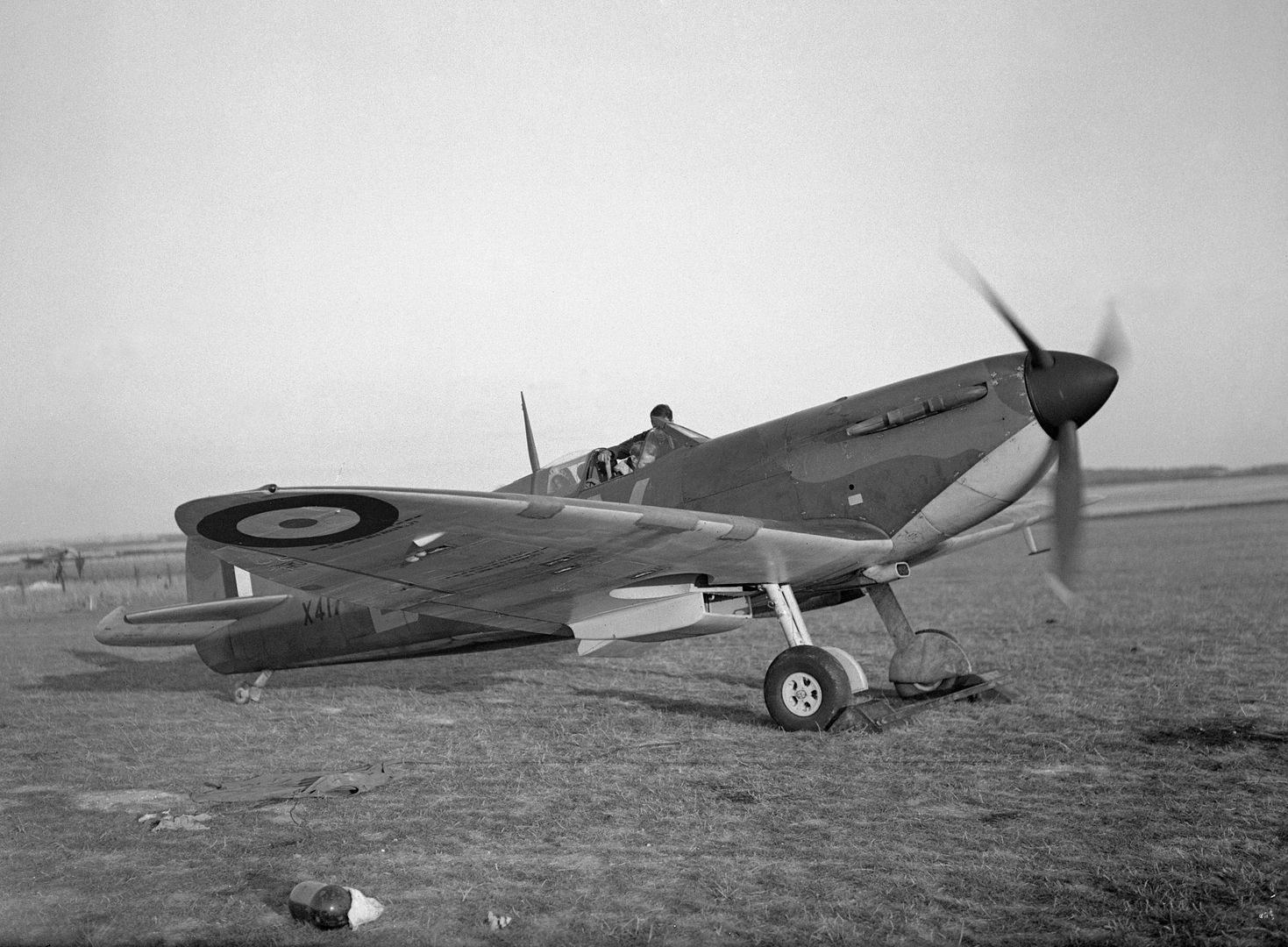
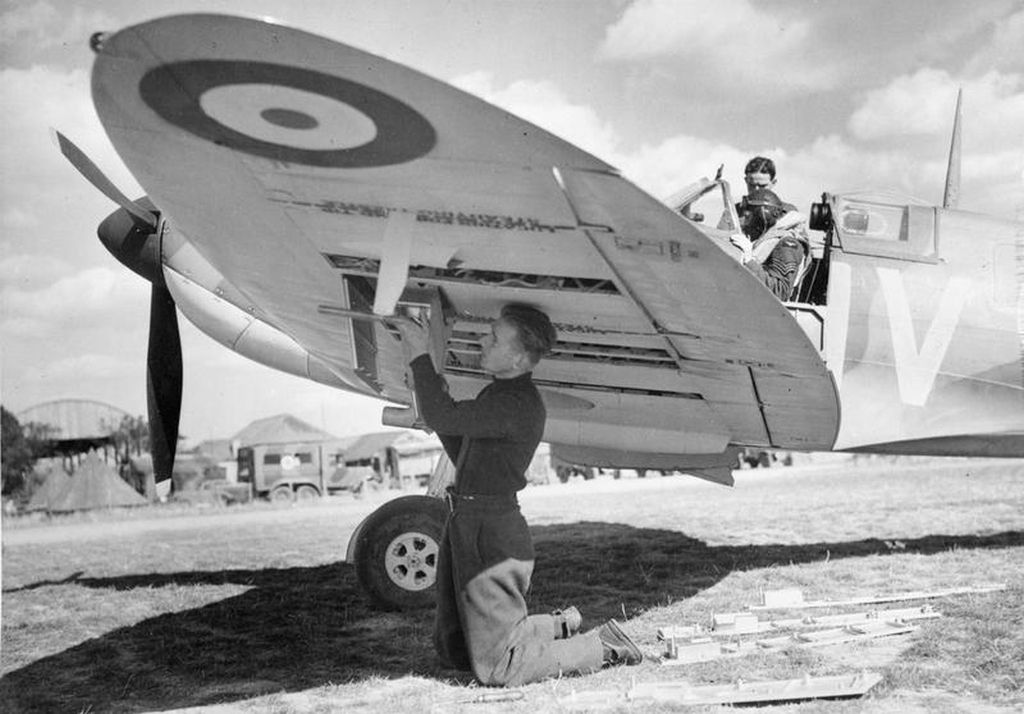
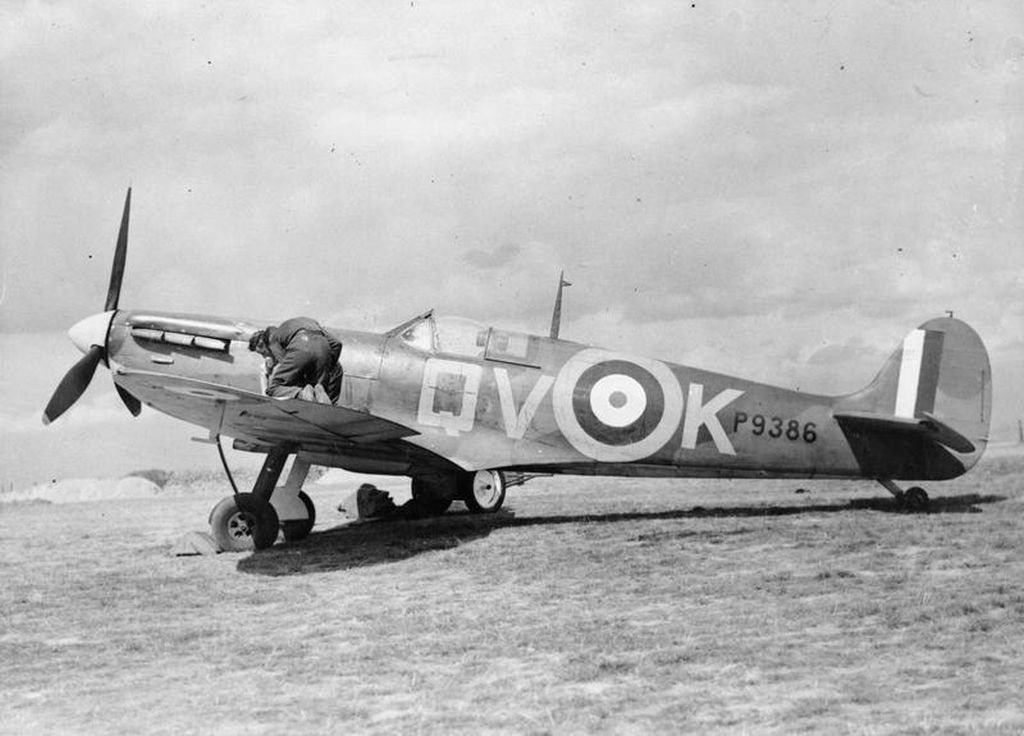
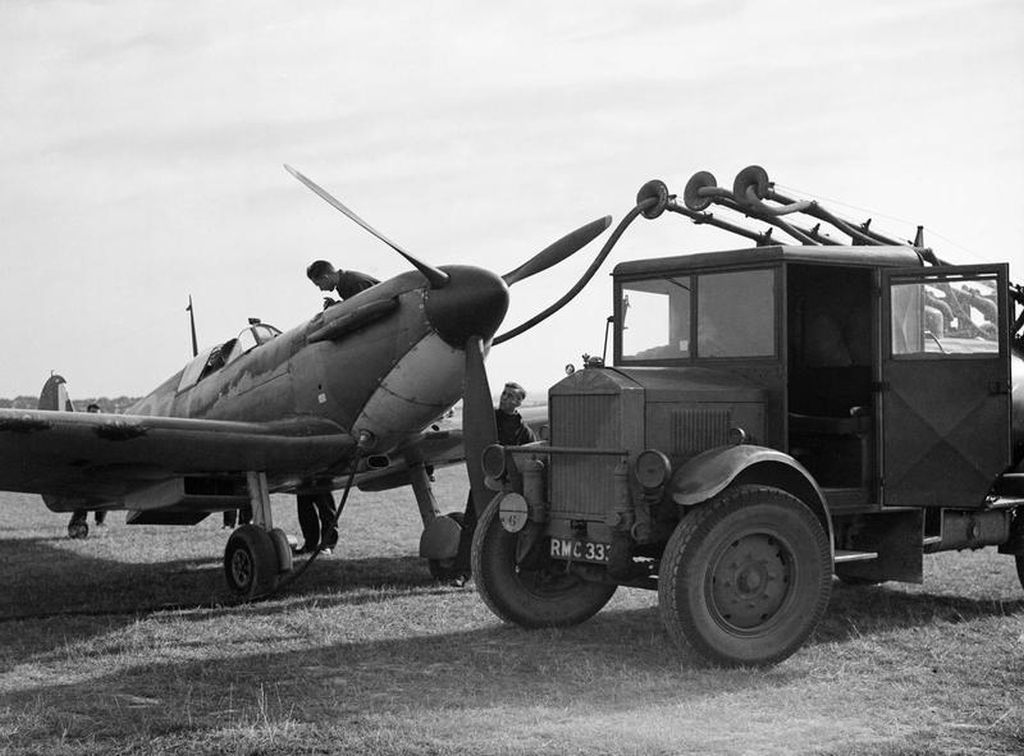
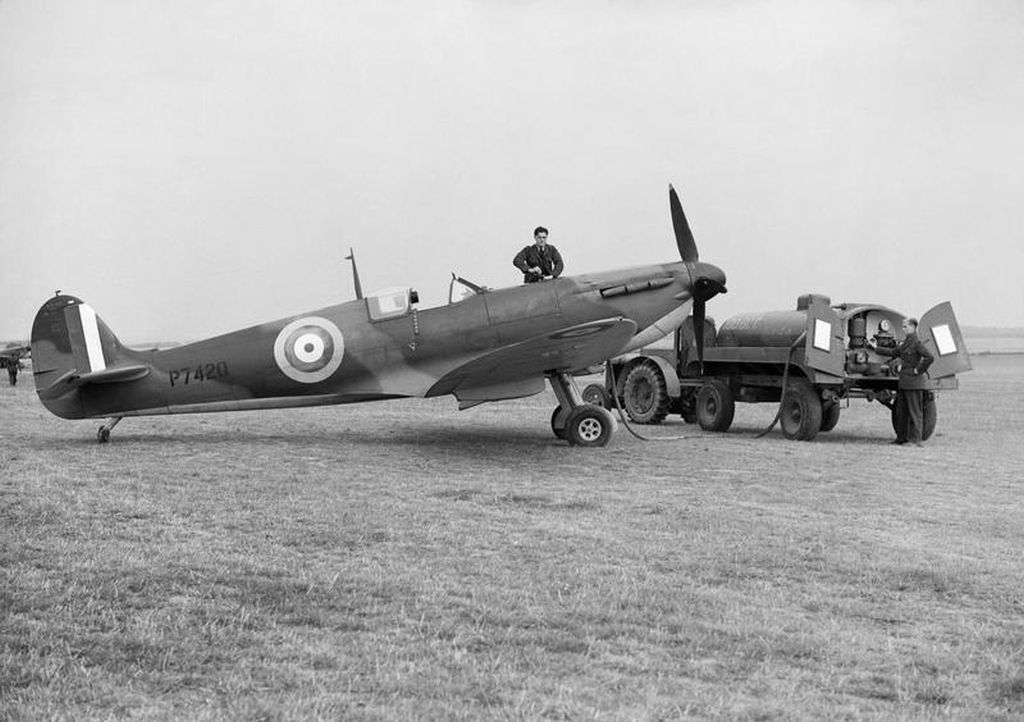

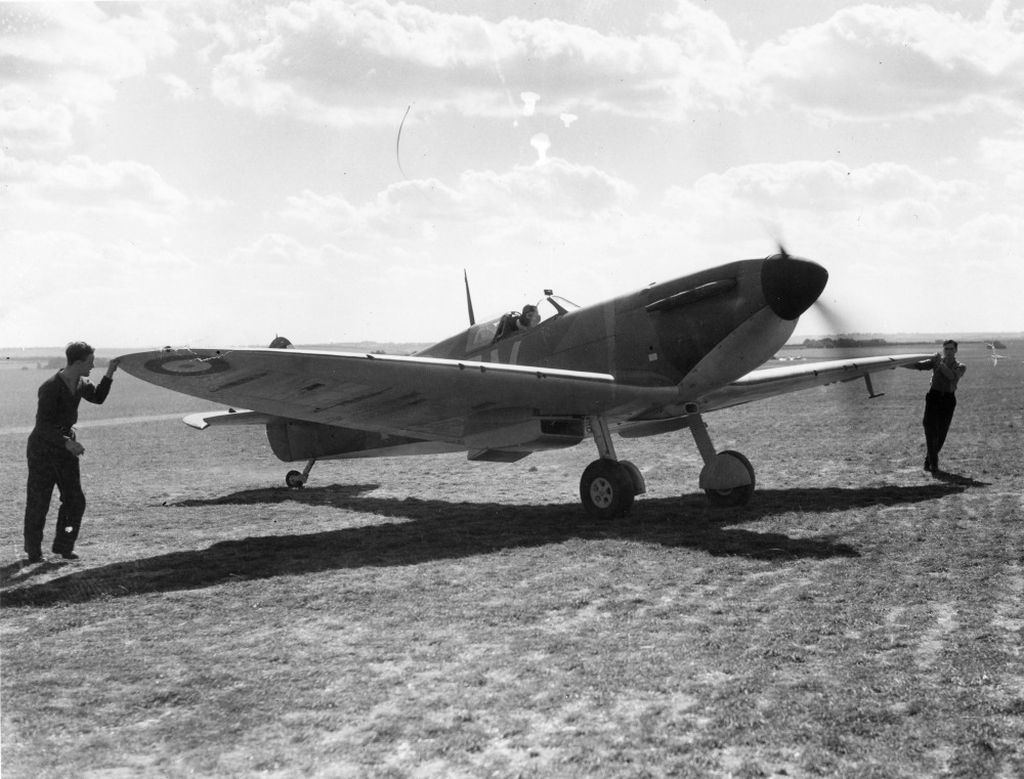
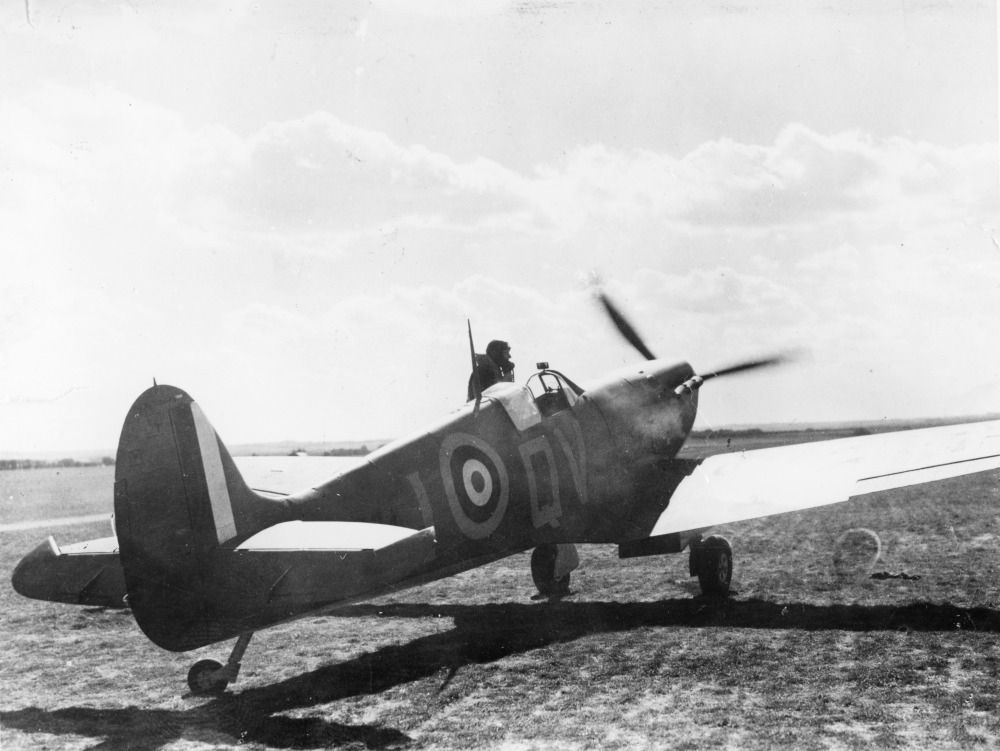
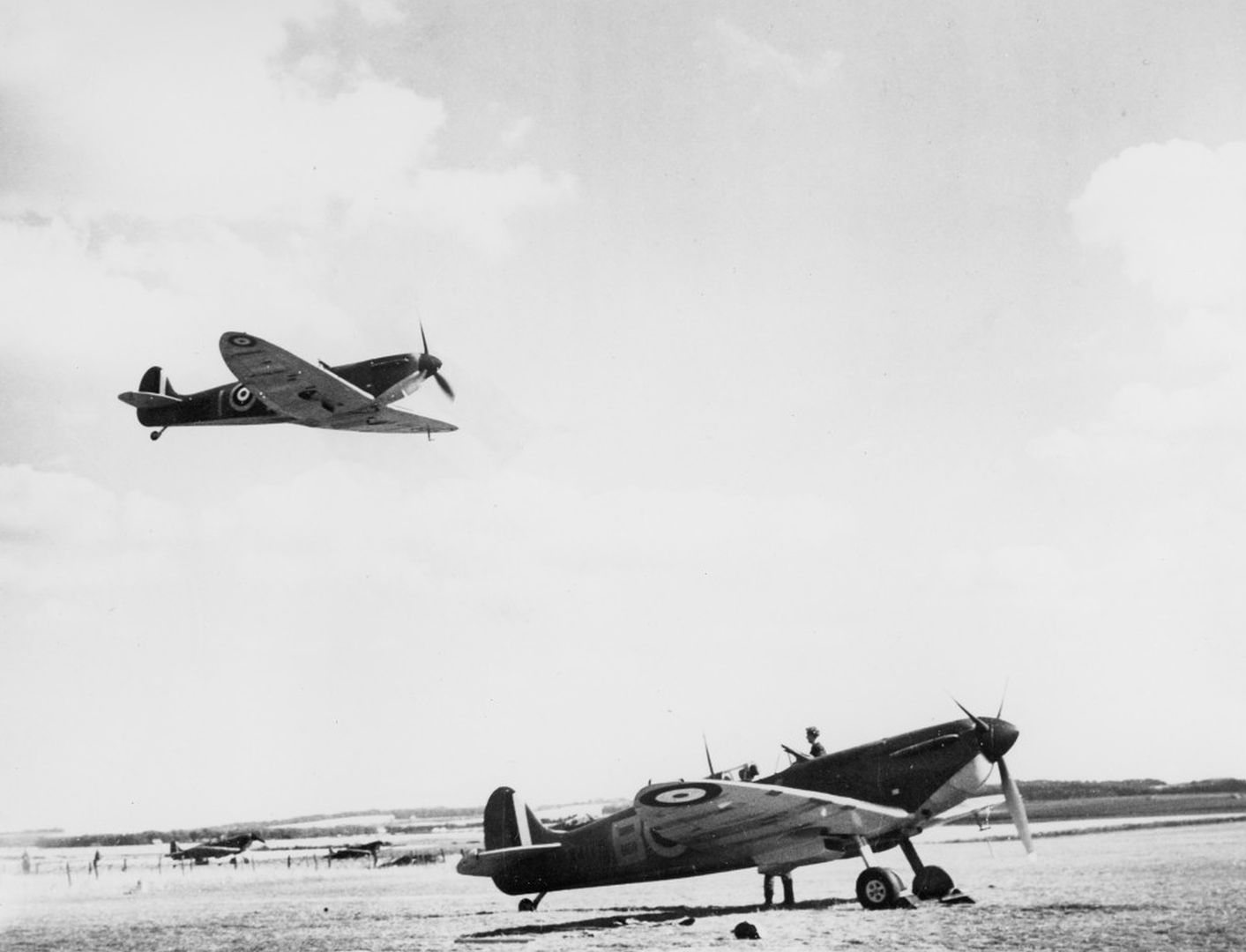
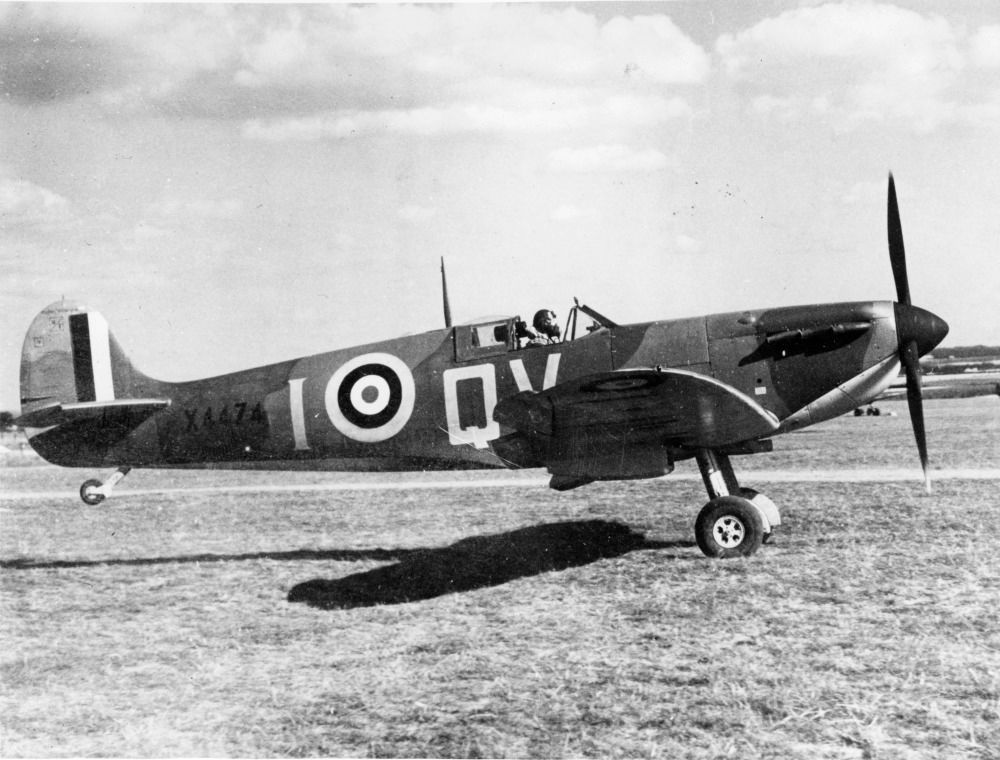
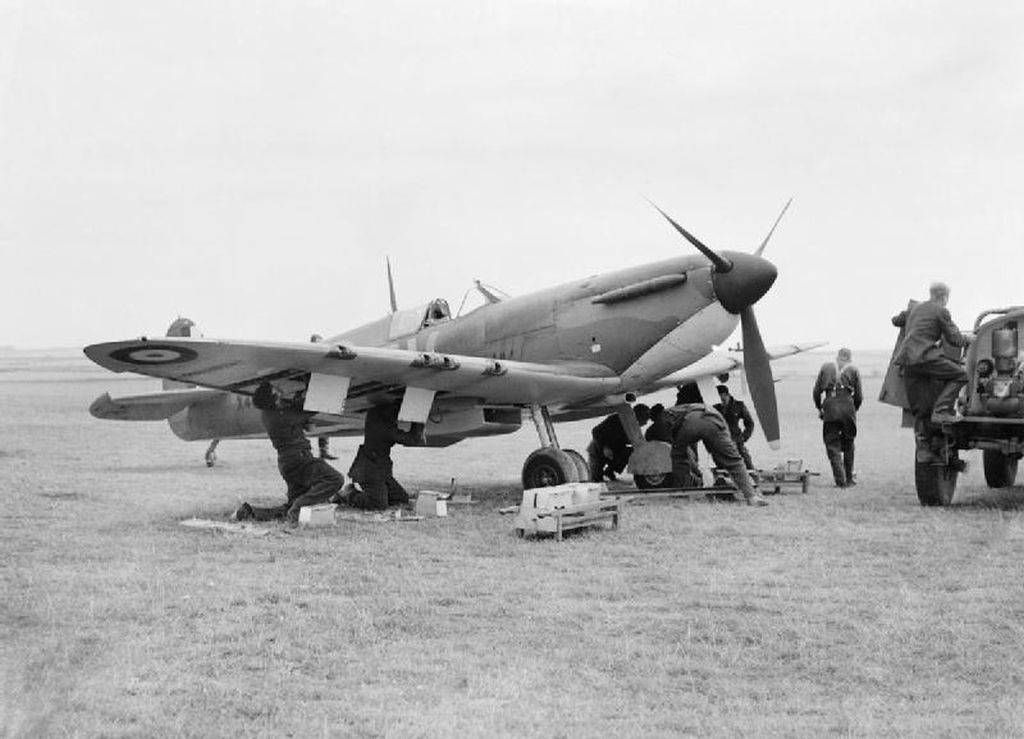
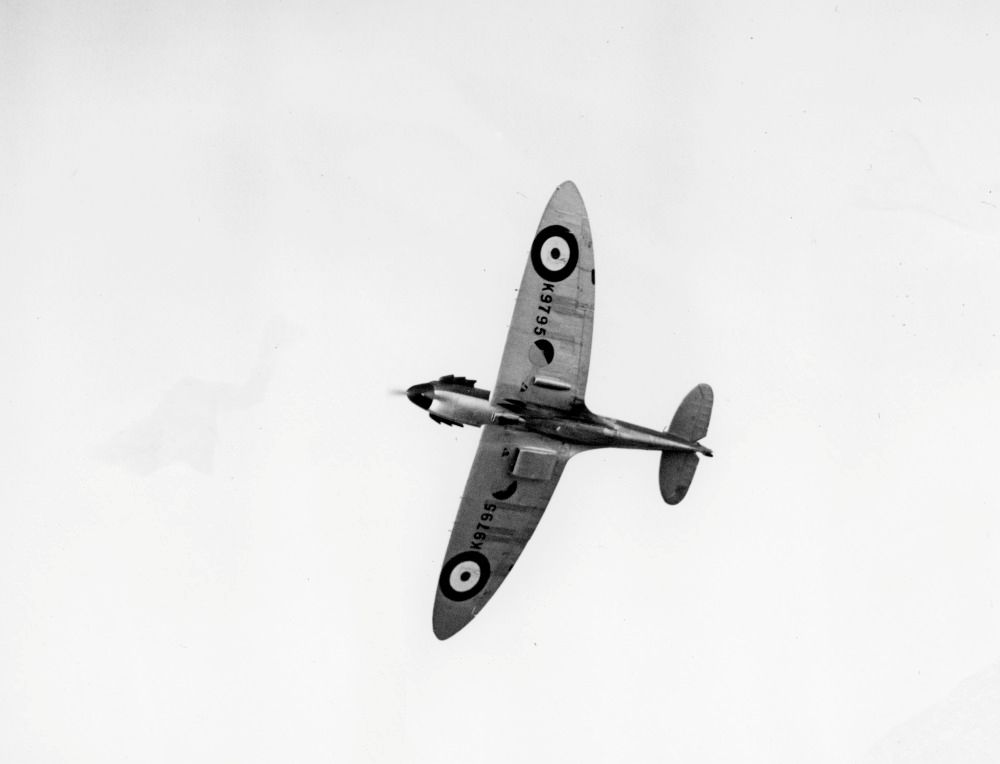
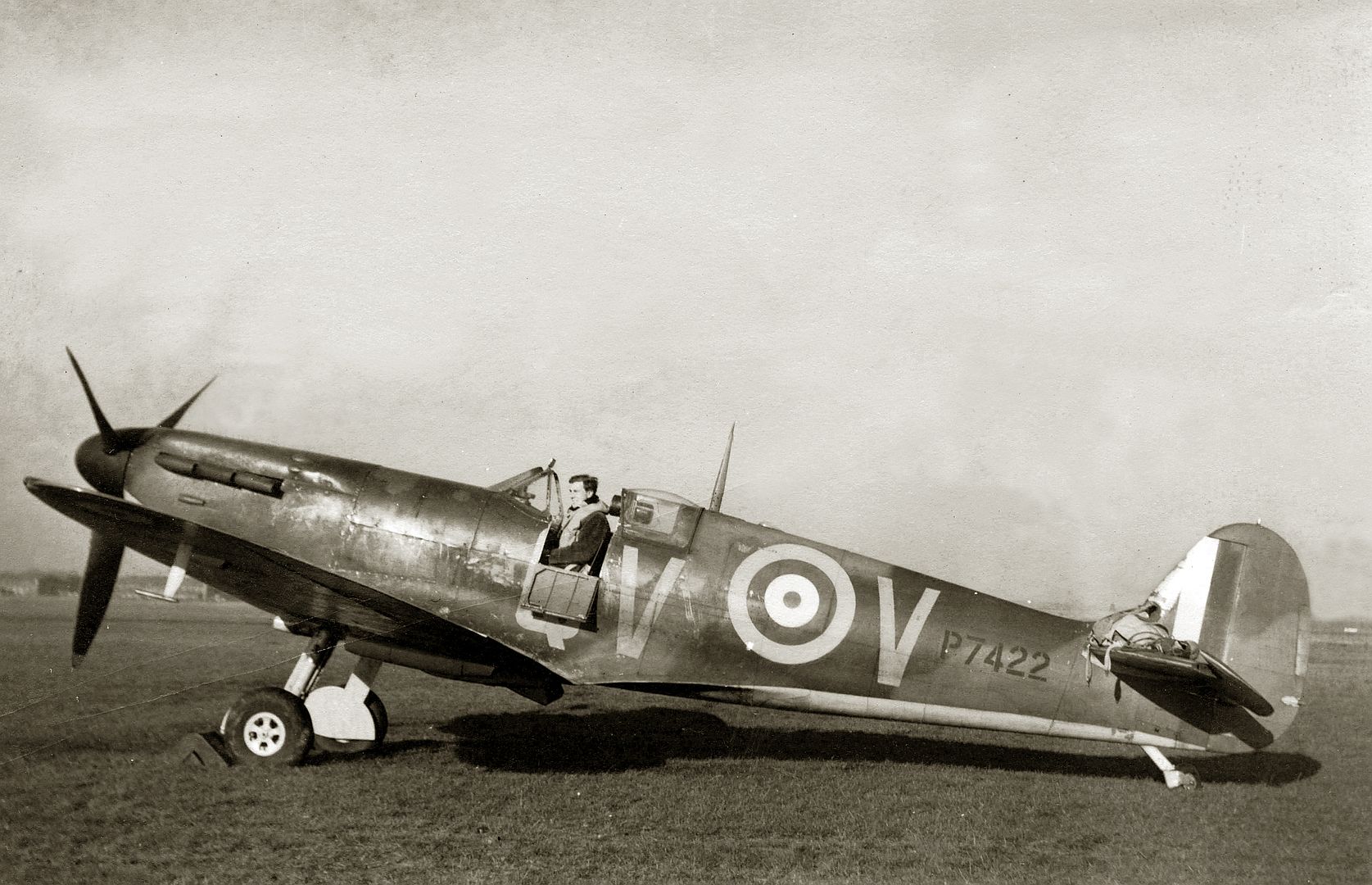
Post a reply
- Go to Previous topic
- Go to Next topic
- Go to Welcome
- Go to Introduce Yourself
- Go to General Discussion
- Go to Screenshots, Images and Videos
- Go to Off topic
- Go to Works in Progress
- Go to Skinning Tips / Tutorials
- Go to Skin Requests
- Go to IJAAF Library
- Go to Luftwaffe Library
- Go to RAF Library
- Go to USAAF / USN Library
- Go to Misc Library
- Go to The Ops Room
- Go to Made in Germany
- Go to Campaigns and Missions
- Go to Works in Progress
- Go to Juri's Air-Raid Shelter
- Go to Campaigns and Missions
- Go to Works in Progress
- Go to Skinpacks
- Go to External Projects Discussion
- Go to Books & Resources
